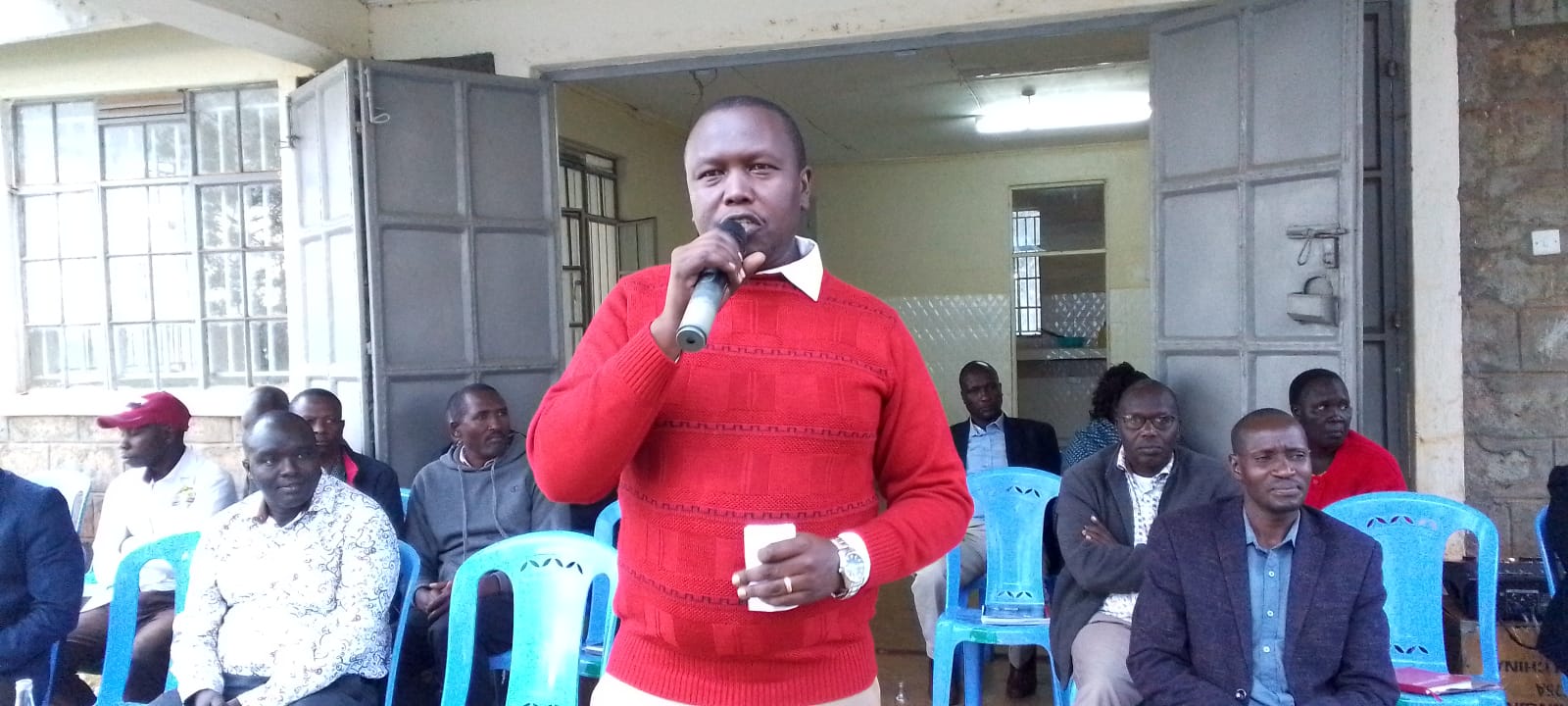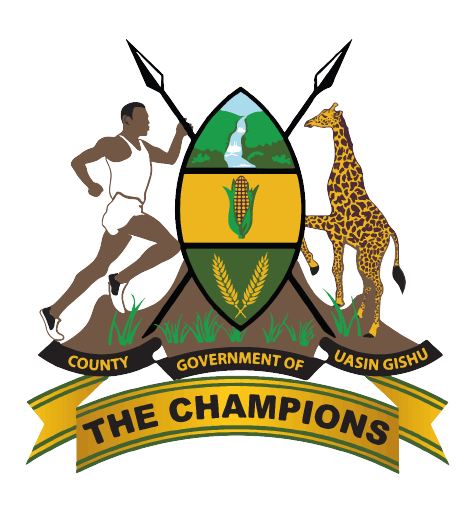The County Government of Uasin Gishu, through the Department of Livestock and Fisheries, on Thursday held a meeting with farmers of Moiben Farmers Cooperative Society (FCS) and other dairy stakeholders to discuss strategies for increasing the collection of milk in Moiben FCS.
The meeting was prompted by the current collection level of 200 litres of milk at the Moiben Cooler, which was constructed by the County Government.
One of the key issues that dominated the discussions during the meeting was the feeding of cows. Participants highlighted the importance of providing a balanced and nutritious diet to cows to ensure optimum milk production. They discussed various feeding techniques and recommended the adoption of best practices to improve milk production.
Leading the meeting, Chief Officer Livestock and Fisheries Mr. Nixon Cheplong together with Area Member of County Assembly (MCA) Hon. Hillary Kipchumba. They emphasized the need for collaboration and synergy between stakeholders to address the challenges faced in milk collection and improve overall productivity.
Mr. Cheplong highlighted the significance of the Moiben Cooperative, describing it as an umbrella organization that would bring farmers and other key players together. He explained that through the cooperative, farmers would be able to pool resources, share knowledge and experiences, and access training and support services to enhance milk production and collection.


The Chief Officer reaffirmed Governor Jonathan Bii’s commitment to supporting the dairy sector and implementing measures to increase milk collection.
He emphasized the importance of farmers working through cooperatives to achieve this goal.
According to Livestock Director Mr. Abraham Kiptanui, The meeting provided a platform for stakeholders in the dairy industry to come together and strategize on increasing the collection of milk in Uasin Gishu County.
The discussions focused on addressing challenges related to feeding practices and emphasized the collaborative efforts needed to achieve improved milk production and collection.

